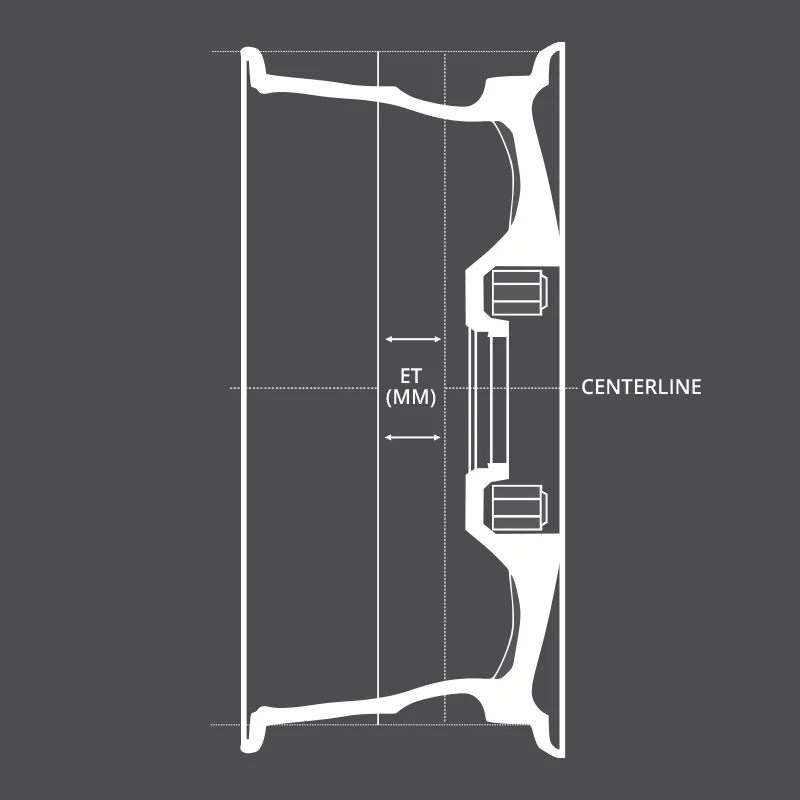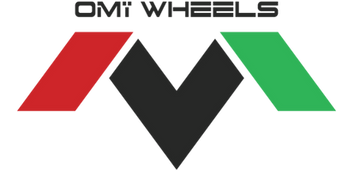When it comes to choosing the alloy wheels suitable for your car, you can meet a lot of “strange” information and “weird” numbers which explain the alloy wheels fitment. If you experienced this and haven’t got a clue what the numbers are, you’re reading the right article…
Here at OMÏ Alloy Wheels we can get you through and explain your needs and expectations regarding your new set of wheels.
First of all, you can rely on our knowledge based on years of experience and secondly, we do not pretend that we know everything. It’s not to be ashamed that we don’t know something and we always strive to get desired information from reputable sources and pass them on to you.
There are some simple examples that most of you know already, i.e:
- Audi alloys do not fit Jaguar
- Range Rover 22” will be too big for a Volkswagen Golf
Yes, they are quite obvious, but will Range Rover wheels fit BMW 3 series?
Well, this will depend but here is where all the “weird” numbers come in. We will try to explain in the example below:
We’ll take 19” wheels and compare both vehicles
Range Rover Sport 3.0 TD, 2015
- PCD: 5 x 120
- ET: 44.5
- Rim width: 7.5J
- Centre bore size: 72.6
- Tyre size: 235/65/19
BMW 3 series F30, 2015*
- PCD: 5 x 120*
- ET: 36 and 47*
- Rim width: 8J and 8.5J*
- Centre bore size: 72.6*
- Tyre size: 225/40/19 and 255/35/19
Now these numbers show that if you change tyres to correct size you could fit Range Rover wheels on BMW 3 series F30!
Here’s why:
-
PCD – The Pitch Circle Diameter (PCD) is the diameter of the circle which passes through the centre of all the studs so there are 4 or 5 studs on cars and 120 is how many mm (roughly) is between first the third stud. Range Rover and BMW has the same PCD

- ET – called “Offset” is the measured distance from the wheel’s hub mounting surface to the centre line of the wheel. It lets you know how much the wheel will stick out from the hub mounting surface. Basically the smaller offset the more outside the wheel is mounted towards the wheel arch. Higher ET number results in moving the wheel location deeper into the wheel arch. You can get the offset lower or higher compare to your standard alloys but the difference shouldn’t be high. How many mm? It really depends on each individual example but in this case we are somewhere in between. ET44.5 vs ET36 and 47. BMW has got staggered fitment which means the rear wheels are wider hence different width and offset.

- Rim width – I think that’s pretty much clear. All wheels have their width measured but it’s important not to measure the whole wheel width but only the width between lips of the wheel (please see pic below). So in our example we would fit 7.5J rim instead of 8J and 8.5J (wider on the back). Because offset is higher on the front wheels they should go more inside the wheel arches but the rim is narrower by half an inch so will be around in the same place. Rears are an inch wider originally on 3 series (8.5J vs 7.5J) so in this example an inch is quite a big difference (offset very similar) and spacers would be advised so the wheel will not go too much inside of the wheel arch. We will talk about spacers too, don’t worry…

- Centre bore size: Another very important number to measure. It is the size of the centre hole in the middle of the wheel covered by centre cap and measured in mm. If the centre bore of the wheels is smaller than that of your car (or current wheels) the wheels will not fit your car. If the bore is larger than that of your car (or current wheels) you will need spigot rings to fill the gap in between. Spigot rings – plastic rings easily reachable. In our example the size of the centre bore is exactly the same so the wheels will go straight on.

- Tyres size – so we’ve got last thing that will be explained more in detail in different article but in this case the profile (65) is way too big to fit onto 3 series (40 and 35) so tyres would need changing.
This is quite an extreme example and there’s not many Range Rover wheels fitted on BMW 3 series but it’s only to show that you wouldn’t think the wheels from large vehicle would also fit different brand and much smaller car.These are the “weird” numbers that make the wheels fit even though at first they shouldn’t.
So please get in touch with us as we’re here to help so if you have any questions to ask regarding whether the new wheels are right for your car or not don’t hesitate to call us.
